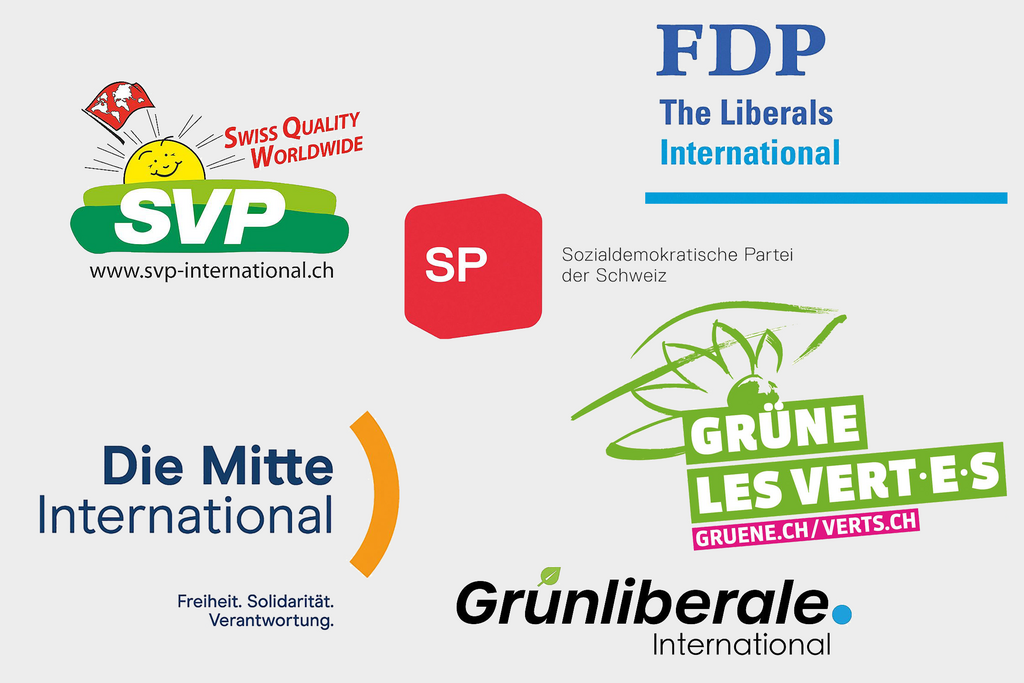American management professor Suzanne de Treville believes the abandonment of the minimum rate paradoxically represents an opportunity for Swiss companies. “Some business owners have told me they face a desperate situation. But at the same time their willingness to explore new opportunities will be greater, a bit like someone who has suffered a heart attack being more receptive to advice on their diet,” explains the researcher and professor at the Faculty of Business and Economics of the University of Lausanne (HEC). It is also a chance to reaffirm their faith in the Swiss economy, which is based on “excellent foundations”.
At the end of March, Suzanne de Treville flew to Washington to take part in a conference organised under the aegis of the US Department of Commerce. The relocation of firms was a subject under discussion. The Harvard-educated academic nevertheless believes that this often creates more problems than it resolves, not least because it severs the link between research and development and production of goods. “Companies are obsessed with the cost reductions afforded by relocating,” laments the Harvard alumna. This is why she deploys an analysis tool that indicates the real costs, and therefore also the losses, of such relocations abroad: the Cost Differential Frontier.
A three-point overview of what it does
Calculation of the real costs of relocation:
From the mid-1990s, Swiss companies began to relocate some or all of their production activities, in particular to Asia. What was the aim of this? A reduction in production costs of up to 30%. But Suzanne de Treville believes that the real costs of such decisions are hidden. Various factors enter into play here, including the lengthening of lead times, the difficulty of controlling product quality and the separation of production from research and development, undermining innovation. These costs are identified using qualitative financial analysis tools. This is the purpose of the Cost Differential Frontier, an analysis tool developed together with her colleague Norman Schürhoff, Professor of Finance at the Faculty of Business and Economics (HEC) Lausanne. “Managers have to do their sums,” concludes the researcher. In her view, this is the only way of applying measures that are “counter-intuitive” but necessary.
Producing high quality and standard goods:
Many Swiss companies supply high-added-value products. Suzanne de Treville cites the example of Fischer Connectors, a group supplying thousands of different connector and cable assembly solutions. “These are products for which demand fluctuates, requiring local and flexible production to meet and adapt to demand,” she explains. There is consequently no question of relocating their production at the risk of reduced competitiveness. This is what happened to Flexcell, a solar panel manufacturer, in 2012. It decided to shift towards standard products manufactured in China. However, these products no longer met Swiss requirements.
Suzanne de Treville suggests that Swiss companies should combine both approaches. This involves continuing to provide high-tech products while at the same time manufacturing “B products” which can be stored, an option not available with highly volatile goods. However, such a step again entails counter-intuitive decisions the benefits of which can only be shown by using mathematical analysis tools. “It is a matter of giving the machinery fleet surplus capacity,” indicates the academic. During peaks in demand, the plant produces the goods in which the company specialises, where margins are large and for which it has a customer base. During quieter times, it uses its capacities for standard products that do not require great production capacity. An increase in capacity therefore has to be accepted.
Reduced lead times:
“Lead times cannot be reduced without providing additional capacity,” observes Suzanne de Treville. On the other hand, lead times will increase at plants that only produce high-added-value goods but with just-in-time delivery. “During these periods, the competition will offer a standard product and the customer will abandon product A, even though it is closer to its requirements,” she remarks. Turning words into action, Suzanne de Treville introduced HEC students into four Swiss companies in March. They will identify a high-volatility product A in each company and a standard product B, which can be stored. Mathematical modelling will then enable the reduction of production lead times. “I sometimes ask managers if they would be able to reduce their lead times from 20 days to a week to enhance competitiveness. They often reply that they would like to but it is unfortunately impossible. They think that increasing capacity will reduce utilisation of the machine fleet. Our toolbox nevertheless reveals that it is a solution that works well.”
stéphane herzog is an editor with the “swiss review”





![[Translate to en:]](/fileadmin/_processed_/d/2/csm_Revue_202204_Huehnerfarm_SH-Reportage_3074_7901ca94df.jpg)




Comments
Comments :
Haben Sie meinen besten Dank, gleich zweimal.
Einmal für die Präsentation einer brillanten Frau und zum anderen für Ihre ebenso brillante Interpretation.
Bitte, so und nur so weiterfahren,